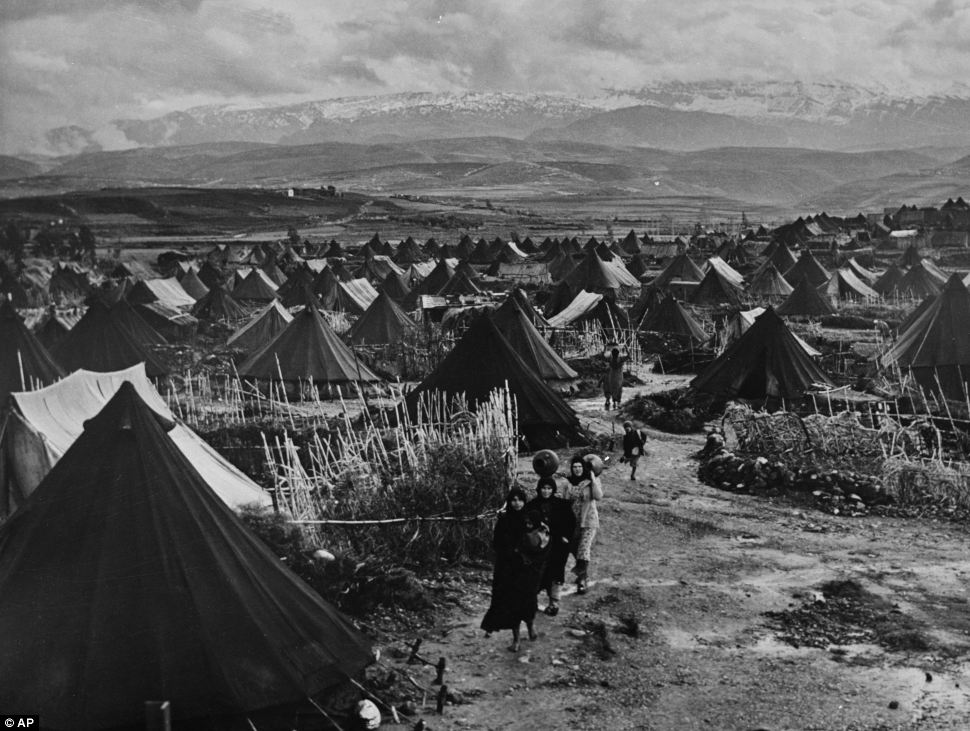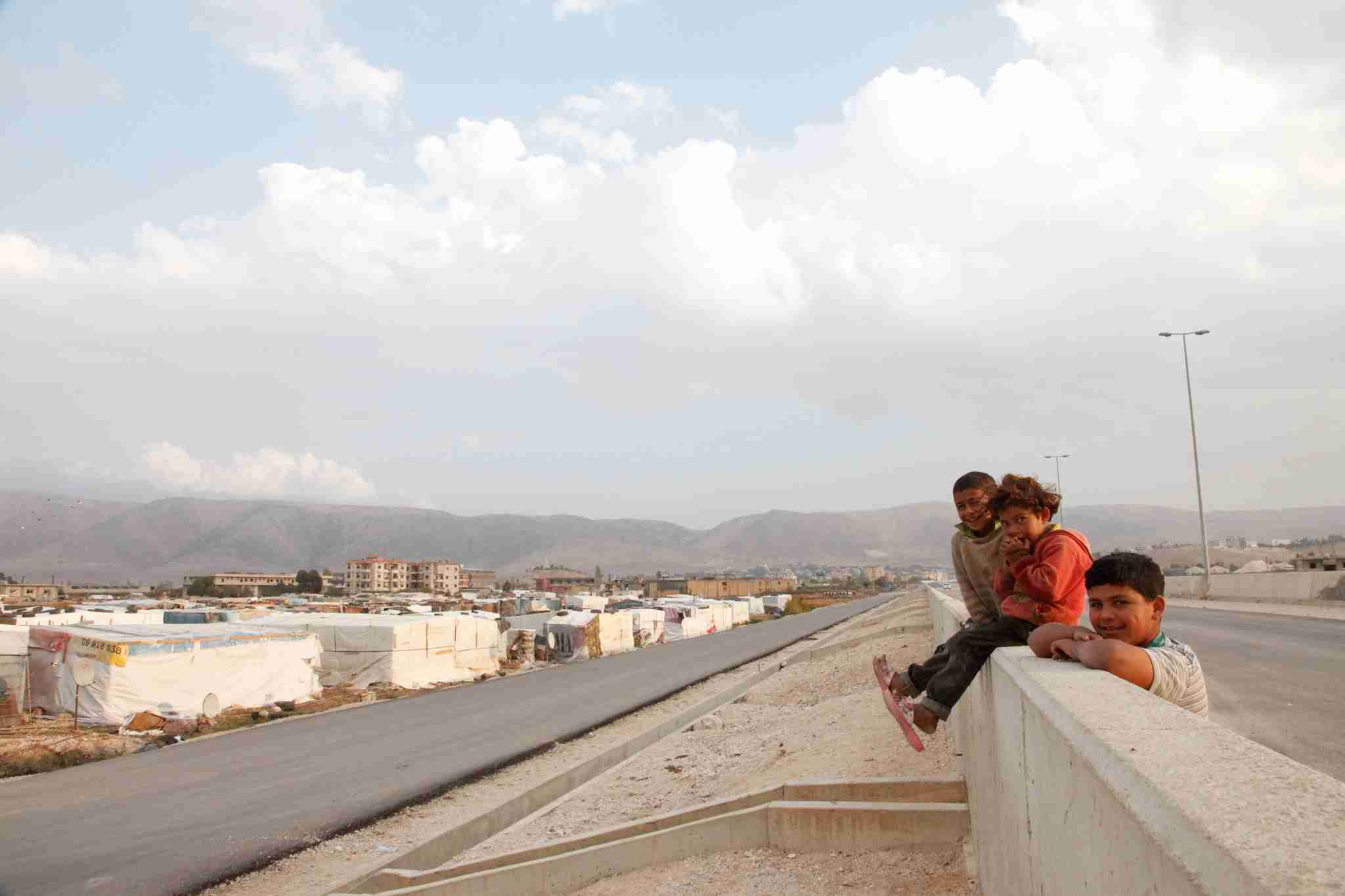There are at least 1.5 million Syrian refugees in Lebanon, a number that represents a quarter of Lebanon’s total population. This is the highest concentration of Syrian refugees in the world. Syrians are not the only refugee population in Lebanon. When considered alongside Palestinian, Iraqi, Kurdish, and Sudanese refugees, the total refugee population easily represents a third of Lebanon’s current residents.
Lebanon had no revolution, or sustained uprising, to contribute to the regional fervor that began in 2010 and swept Tunisia, Egypt, Bahrain, Yemen, Libya, and Syria. Revolutions beget counter-revolutions; in Egypt a new military-authoritarian regime consolidated—and in Syria, a peaceful uprising was brutally put down by the Asad regime, and a brutal and multivalent transnational civil war took its place. In the killing fields of divided and besieged Aleppo, the promise of what over-eager journalists and analysts called “Arab Spring” unceremoniously died.
In Lebanon, the indelible mark left by the Arab uprisings quickly became the terrorized and brutalized bodies of Syrian families and individuals crossing the border into the ironic “safety” of that country. In previous wars, most notably the 2006 Israel-Lebanon war and the 1975-1990 civil war, Lebanese citizens had sought refuge in Syria. Due to their sheer number, Syrian refugees have and will continue to change and articulate the social, political, and economic fabric of Lebanon. Thus far, the Lebanese government has responded to this reality with securitization and criminalization, threats of forcible “return,” and the pilfering of funds meant to help aid refugees. The state has also enacted a series of laws and practices that make Syrian refugee labor and bodies exploitable and expendable. These laws and "reforms" echo and form a citational pattern with previously enacted laws that produce both the conditions of Palestinian refugee life and that of foreign racialized domestic labor in Lebanon. These laws help produce Lebanese citizenship as a seductive set of economic, political, and spatial/mobility rights precisely by withholding them from abject others within the nation state. The "abject" here, as it is in Julia Kristeva`s work, represents the terrifying breakdown between self and other, and the force and desire with which we produce and enforce difference in order to rescue our sense of self. It is the refugee that is the condition of possibility for the citizen, not the other way around.
There are overlapping Lebanons occupying the same borders. Like the characters in China Miéville’s “The City And The City,” we are trained, coerced, and work to unsee each other. So many Beiruts, for example, exist together—the partying and consumptive Beirut frequently extolled in gawking foreign media, the Beirut that lives in cardboard boxes under bridges and dives into trash receptacles for sustenance, the Beirut where people walk by refugee families on blankets on Hamra street and stumble, surprised, by a child’s leg. This unseeing is classed, raced, and gendered. It requires even more training, desire, and work to see the multiple life-worlds that co-exist and engender each other within one space, city, or country.

[Nahr al-Barid refugee camp in 1952. Photo by gnuckx via Flickr]

[Syrian refugee children overlooking an informal settlement in the Beqaa Valley, Lebanon.
Image by Russel Watkins via Department of International Development]
In Lebanon, the Syrian refugee is never herself alone. She is always already refracted through the specter of Palestinian refugees in Lebanon. The fears, anxieties, violence, and xenophobia that she inspires in Lebanese political leaders (many of whom cut their political teeth in anti-Palestinian militias during the civil war) cannot be understood without attention to the experiences of Palestinian refugees in Lebanon. In fact, this phenomenon is regional—the specter of Palestine follows every refugee population fleeing from one Arab country to the next. How could it not? 1948 is not (only) a year or an event. It is an intergenerational trauma, experience, and force that extends itself indefinitely into the present and future of the Middle East and indeed the world. Palestinian refugees are not only the human stain of Israel, the cost of maintaining Israel as a Jewish state in violation of an internationally recognized legal “right of return.” They are also the human stain of the Lebanese nation state. 1948 happened only five years after Lebanese independence from the French mandate—only five years after the existence of Lebanese nation-state passports. Palestinians in Lebanon played a role in defining who Lebanese were and are—they were and are not Palestinian. The wealthy and Christian among them have largely been nationalized, re-made Lebanese, or have left. In fact, Lebanon has long welcomed and even nationalized refugee Christian populations and separated them from their Muslim historical counterparts in ways that now seem strangely prophetic. The (mostly) poor and Muslim Palestinian refugees were and are shaped into dangerous, sequestered, refuse bodies that live in camps and impoverished urban zones and camp/urban thresholds. They are the national alibi for the Lebanese civil war, a demographic threat said to endanger “Lebanese diversity,” and fertile grounds for populist and sectarian economic and political rhetoric by corrupt politicians and their supporters. By and large political rhetoric on Syrian refugees in Lebanon has followed the same itinerary.
The terrifying specter of the permanent refugee, the Palestinian, haunts both refugees themselves and the host countries that they flee to. How could it not? International law crumbles, its artifice visible, before the permanent refugee. The idea of an Arab community fractures at checkpoints leading into decades old Palestinian refugee camps. The expectation of sustenance—of schools and food and medical care—is thwarted by lack of international and regional funding, lack of regional and international interest. More forgetting, more unseeing. Syrian refugees today, and Lebanese refugees before them, understand the political economy of unseeing and the fragility of return precisely because they have engaged and born witness to it themselves. They know that law is fiction backed and broken by force, that crisis is not a temporally bounded state—they carry the meaning and threat of refuse, of excess, the condition of possibility for the nation state, with them on their journeys.
When images and articles began emerging evoking the Jewish Holocaust in Europe alongside the movement of Syrian refugees in Greece, Hungary, and Germany—I thought about Palestine, about 1948, and about the history of the Lebanese nation state.
I thought about how ironic and yet strangely fitting it was that the ghosts of both Palestinian ethnic cleansing and the Jewish Holocaust followed the same national bodies into different but tragically joined historical contexts. Nowhere, it seems, is the Syrian refugee herself alone. Everywhere, she evokes the infinite extension of the past—the brutal terrains of the past— into the present. Her body is a palimpsest, a rupture in the myth of historical teleology, a lesson we are sure to forget in time for the next refugee "crisis.”
In this way, her body is always already about us—the human capacity for terrifying violence, negligence, and un-seeing. Our capacity to sever the human from humanity, the past from the present, and the citizen from the non-citizen. The smallness of our concerns and pre-occupations, the seduction of the alibi, the frailty of outrage.
[This article is one of six contributions to the Jadaliyya roundtable on Arab Uprisings. Click here to read the introduction or read other contributions].